As a Windows user, I know very well that the C drive can often run out of space, or users might want to create another drive from the available space in the C drive. And the only way to extend or shrink the C drive is via partitioning.
But simply partitioning a drive will formate it entirely & delete all files within the drive.
Since we can’t allow formatting the C drive as it’s the primary drive where Windows is installed, let’s take a look at how you can partition the C drive without formatting or using any third-party app.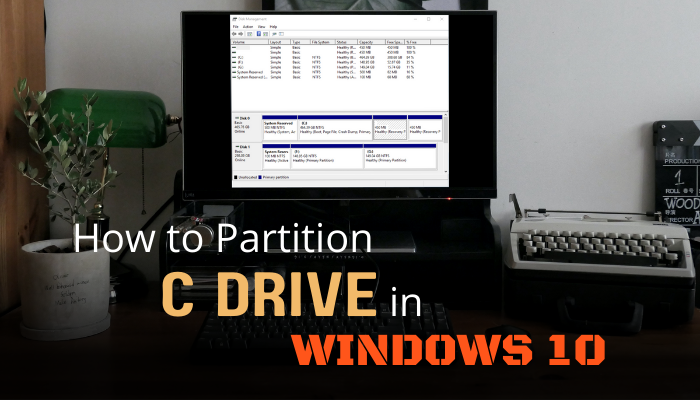
Partition C Drive Without Formatting in Windows 10
For Windows 10/11 users, to create/increase the partition from/of C drive without formatting, press Win+R & type diskmgmt.msc. Hit Enter & right-click on the C drive. Then select Shrink Volume. Set the shrinking amount based on the available free space in C drive and hit Shrink.
Bravo! The C drive has been partitioned without losing any data.
Too brief for you? Worry not. Read on as I have thoroughly discussed all the necessary steps to partition the C drive as quickly and effortlessly as possible.
Go through our epic guide for Hard Drive not showing up in Boot Priority on Windows 10.
Here’s how to partition the C drive without formatting:
- Right-click on This PC and select Manage.
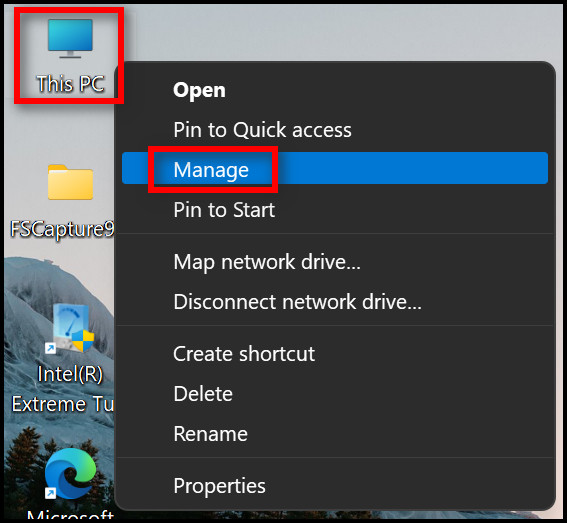
- Choose Disk Management from the left side pane.
- Right-click on C drive and select Shrink Volume…
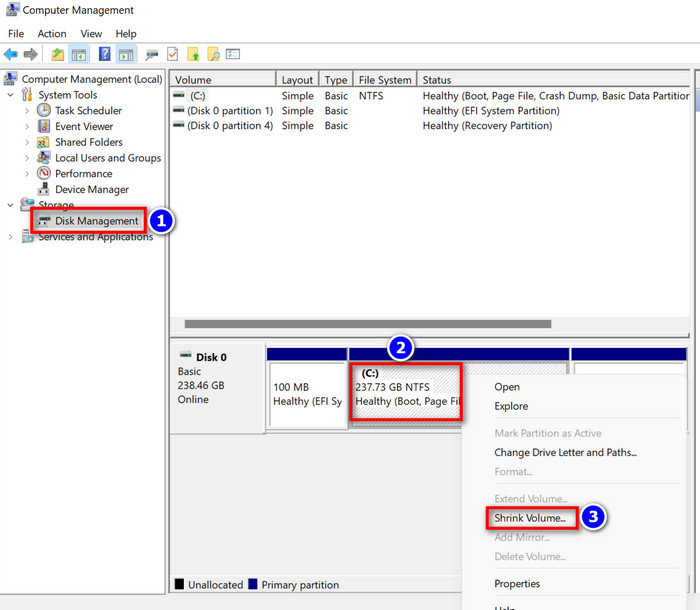
- Wait until the system queries volume for available shrink space.

- Enter the amount of space you want to shrink from the C drive in the drive shrink wizard based on the available shrink space. While you’re at it, read the caution note below the input box.
- Hit Shrink to start the operation. After the process is complete, you can create new partitions from the unallocated space.
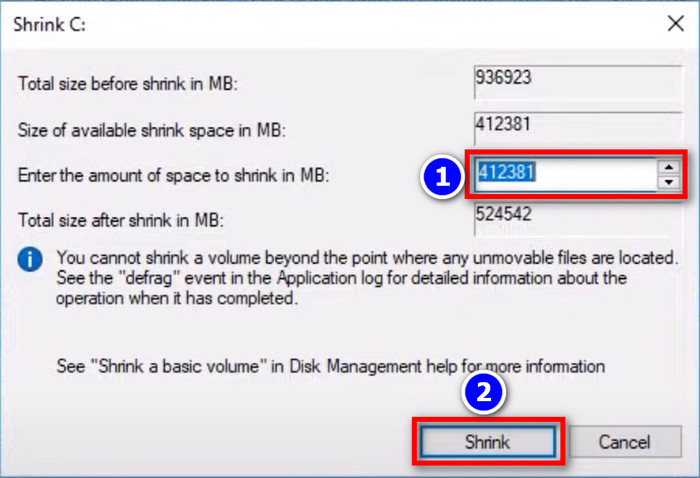
- Right-click on the unallocated space and select New Simple Volume.
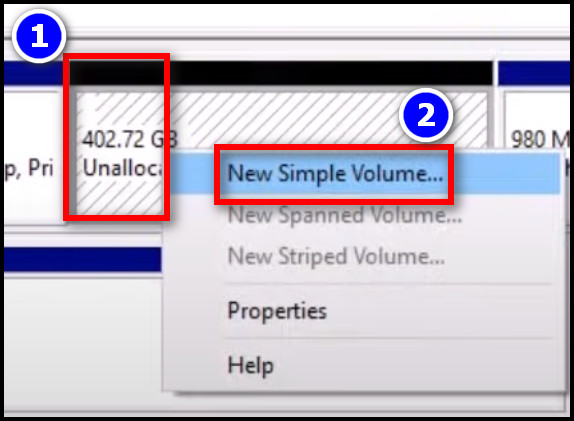
- Click Next when the New Simple Volume Wizard appears on the screen.
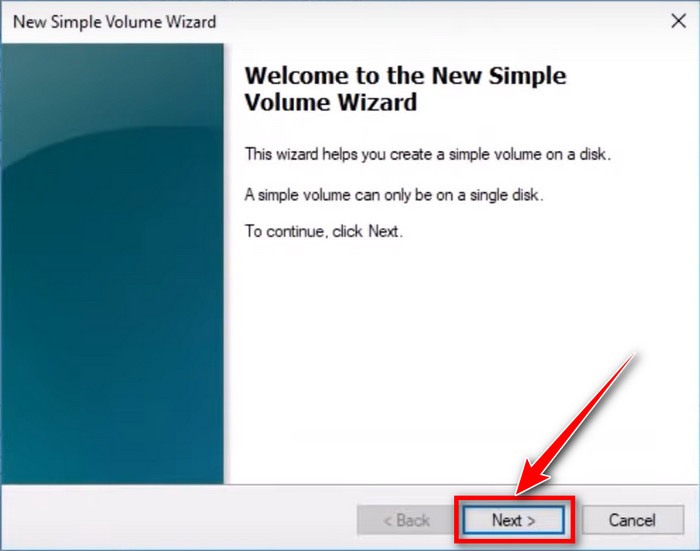
- Specify the size of the new drive in Simple volume size in MB. Set the amount based on the Maximum disk space.
- Click on Next.
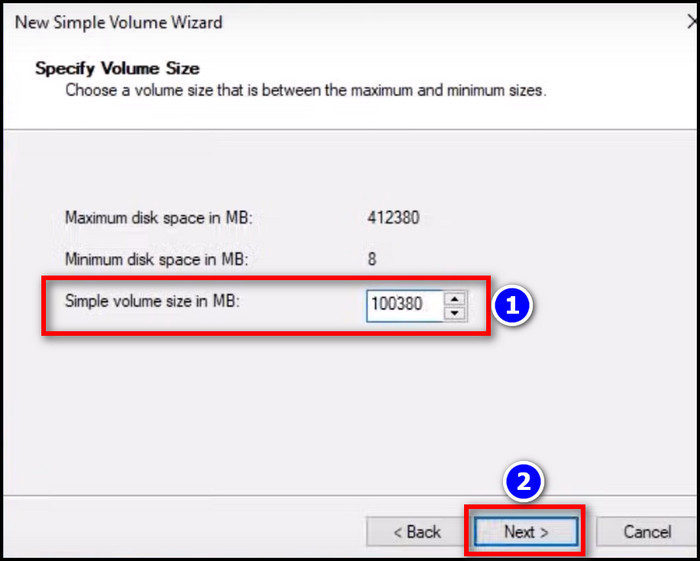
- Set a letter for the new drive from the Assign the following drive letter section’s drop-down menu.
- Hit Next.
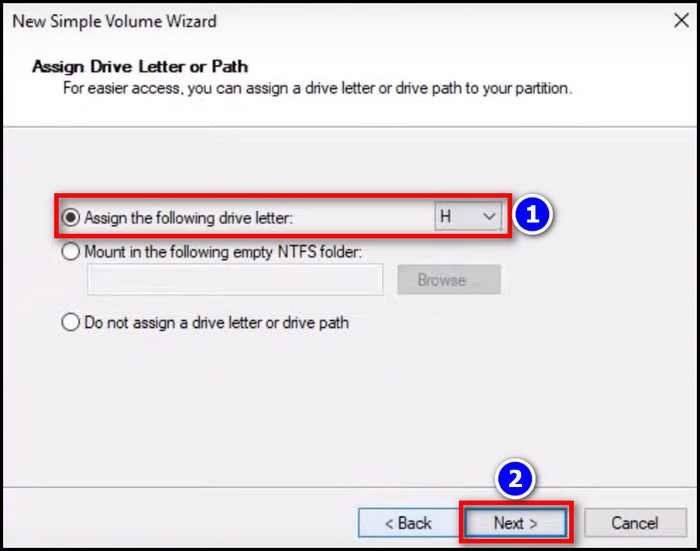
- Set a new Volume label according to your preference.
- Click Next > Finish.
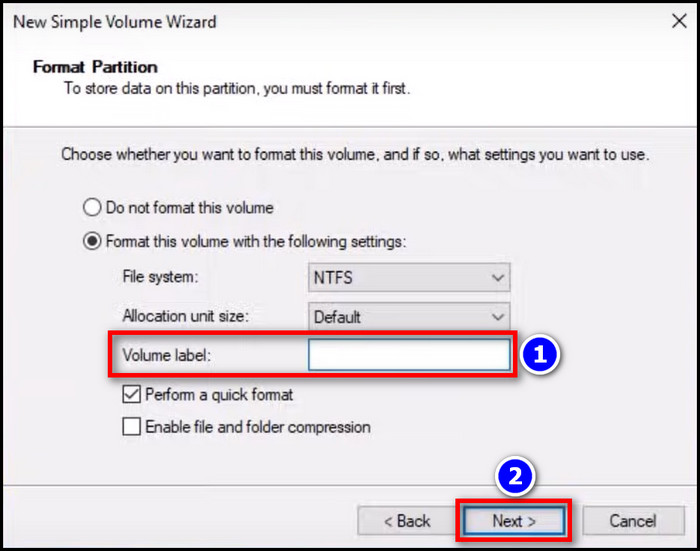
Voila! The new drive is ready to use. You can create multiple drives from the newly unallocated space. This method will also work for any Windows 11 computer. In case you want to add the unallocated space back to the C drive, move on to the next topic.
Check out the easiest way to label partition names on Windows 11.
Extend C Drive Without Formatting in Windows 10
If you’re running out of space in C drive and want to add unallocated drive space to extend the C drive without formatting, open Disk Management and right-click on the C drive. Select Extend Volume and follow the on-screen wizard to add unallocated space to your C drive.
But before increasing the drive space, make sure there’s available unallocated memory next to the C drive section.
Follow these steps to extend the C drive without losing any data:
- Press Windows Key+R and type diskmgmt.msc.
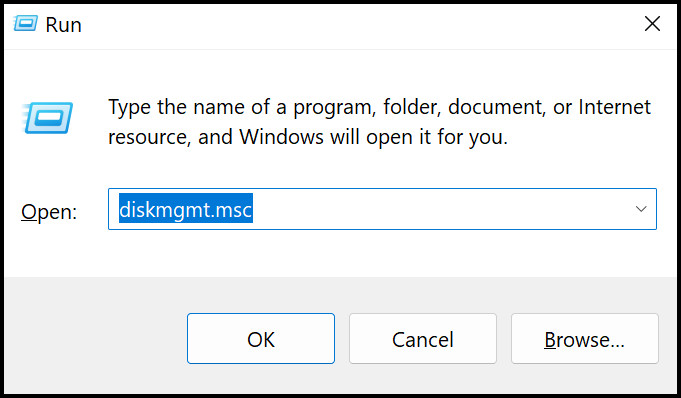
- Hit the Enter button.
- Right-click the C drive and select Extend Volume…
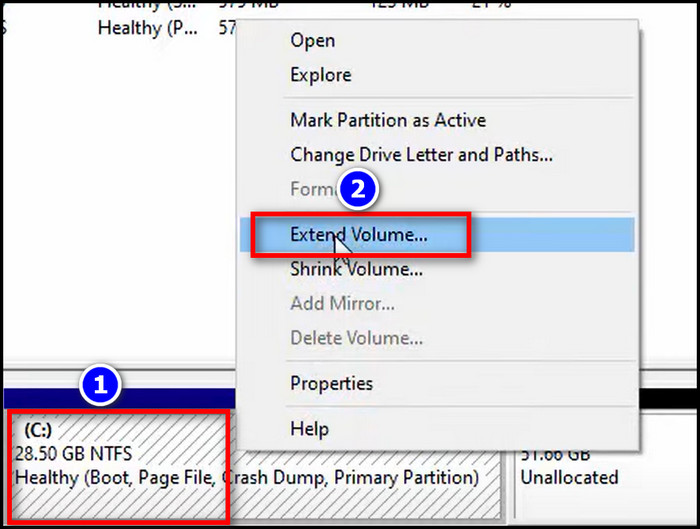
- Hit Next when the Extend Volume Wizard appears on the screen.
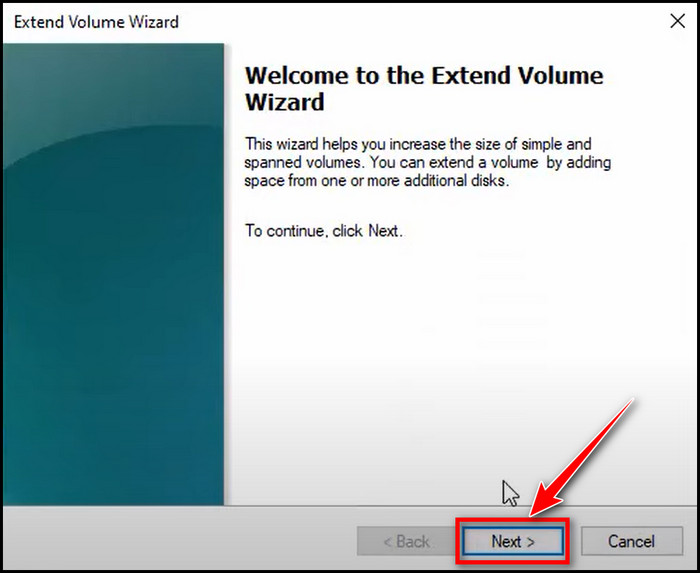
- Set the amount of Volume you want to add to C drive from the selected unallocated space.
- Click on Next > Finish.
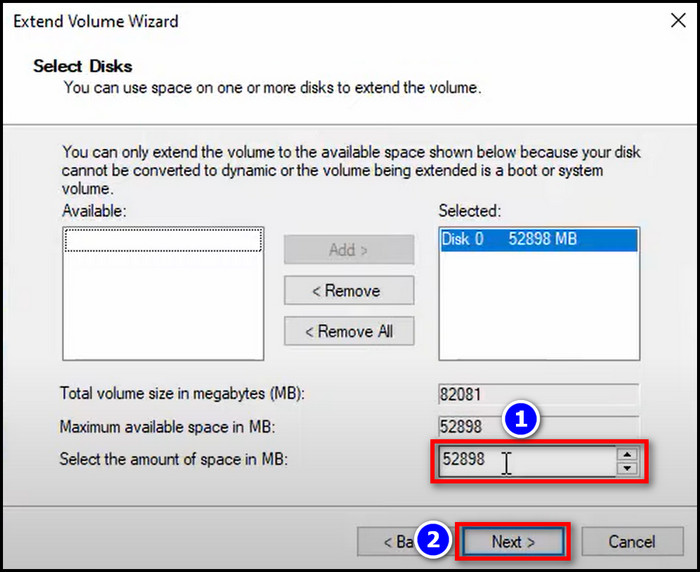
That’s it. The C drive has now been extended based on your selected volume amount. Keep in mind you won’t be able to extend the C drive if there is no unallocated space or the unallocated space is not next to the C drive.
You may also like to read about how to format a drive in Windows 11
Frequently Asked Questions
Is it OK to partition C drive?
It is totally safe to partition the C drive of your Windows computer.
Can I increase the partition size of the C drive without formatting?
Yes. You can increase the partition size of the C drive without formatting by using the Extend Volume option in Disk Management.
Can I partition my C drive on Windows 10 without losing data?
Yes. It is indeed possible to partition the C drive of your Windows 10 PC without losing any data. Simply use the built-in Disk Management feature and shrink the C drive volume to create new unallocated space.
Wrapping Up
While partitioning the drives, make sure you choose the default NTFS file format. Also, don’t shrink the C drive too much since some software requires to be installed in the main system drive.
That’s all for today. Did you find this write-up helpful? Please share your thoughts in the comment section below.
Adios!




